Top 5 Largest Animals In The World
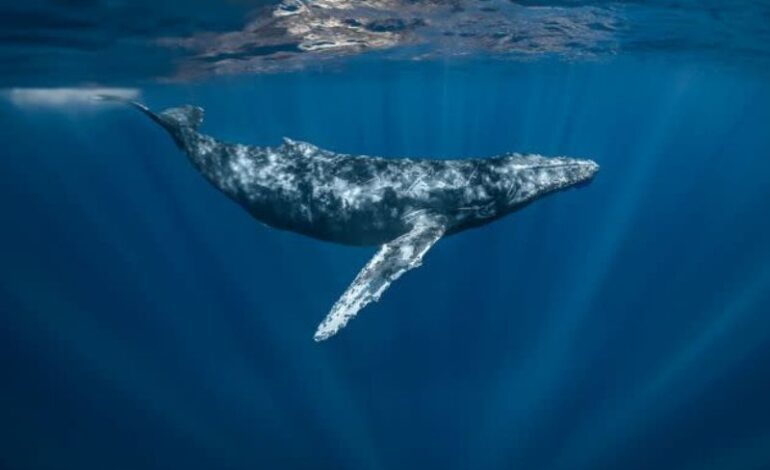
Top 5 Largest animals In The World
The Earth is home to an incredible diversity of life, from the smallest microbes to the largest animals that have ever existed. While many of the world’s most impressive creatures have gone extinct over the course of our planet’s history, there are still several living species that can be considered among the biggest organisms on Earth.
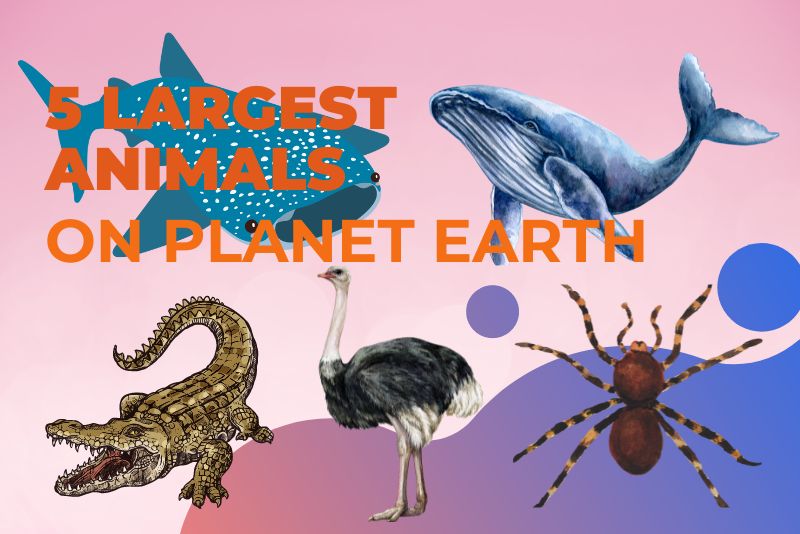
Largest animal in the world : Blue Whale
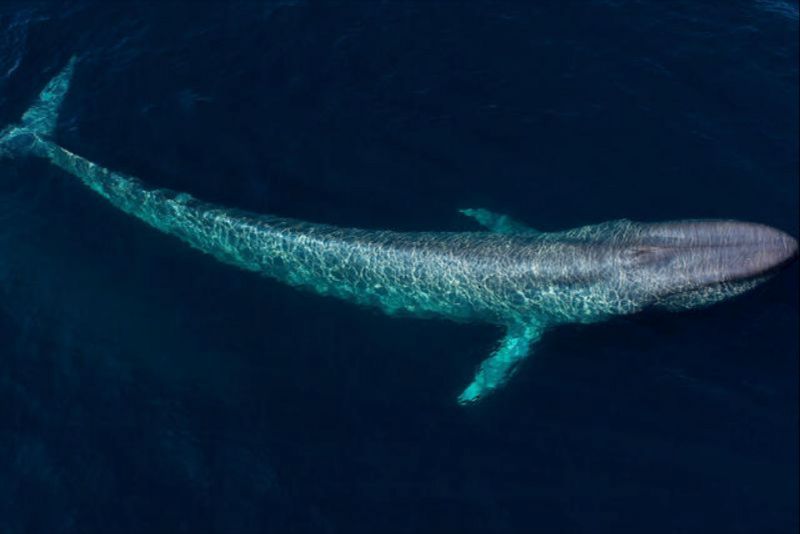
Blue whales are the largest animals on the planet. These majestic marine giants can stretch up to 100 feet in length and weigh over 200 tons, dominating the ocean with their sheer size.
They have long, slender bodies, and their blue-gray coloration, which appears light blue when they are underwater, gives them their name. Each blue whale has a distinctive mottling pattern that allows for individual recognition.
Among the different types of blue whales, the Antarctic blue whale is often the largest, with some individuals reaching up to 110 feet in length and weighing more than 330,000 pounds. Generally, female blue whales are larger than males, a characteristic common among baleen whales.
Blue whales inhabit every ocean on Earth except the Arctic. They are typically seen alone or in pairs, though they sometimes gather in small groups. During the winter months, they migrate vast distances toward the Equator, while in the summer, they feed in the nutrient-rich waters of the polar regions.
Largest reptile in the world: Saltwater Crocodile
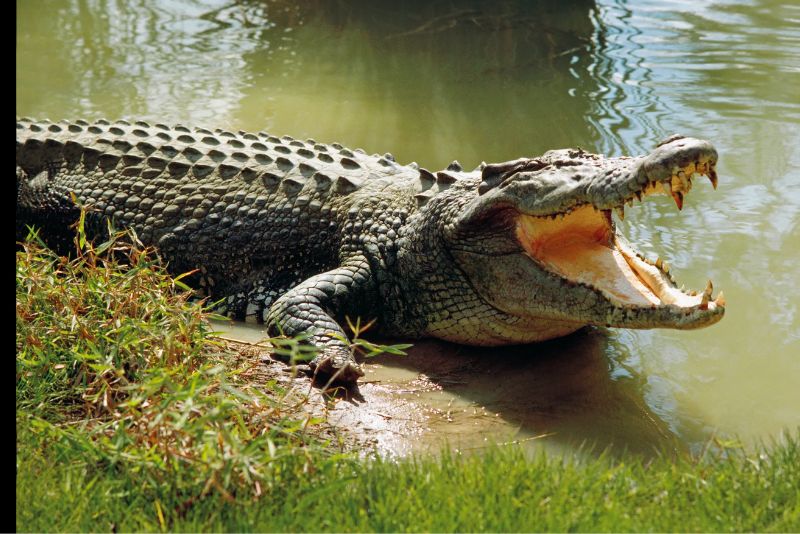
Saltwater crocodiles (Crocodylus porosus) have a wide distribution, ranging from northern Australia to Southeast Asia and extending to eastern India. These adaptable reptiles can live in both coastal saltwater environments and freshwater rivers.
Known as the largest reptiles on the planet, saltwater crocodiles can grow to over 23 feet (6.5 meters) in length and weigh more than 2,200 pounds (about 1,000 kilograms). They are powerful predators capable of taking down nearly any animal that comes within reach, with a particular skill for drowning terrestrial animals such as birds and mammals.
Although their name suggests they live exclusively in saltwater, saltwater crocodiles are often found in brackish waters near coastal areas. Their ability to survive in fully saline seawater is a significant adaptation.
The International Union for Conservation of Nature (IUCN) lists the saltwater crocodile as a species of “least concern,” reflecting its long-standing presence and slow evolutionary change. Crocodiles have been around for roughly 200 million years, predating the dinosaurs. Some scientists believe that their ability to endure long periods without food contributes to their longevity.
Largest bird in the world: Ostrich
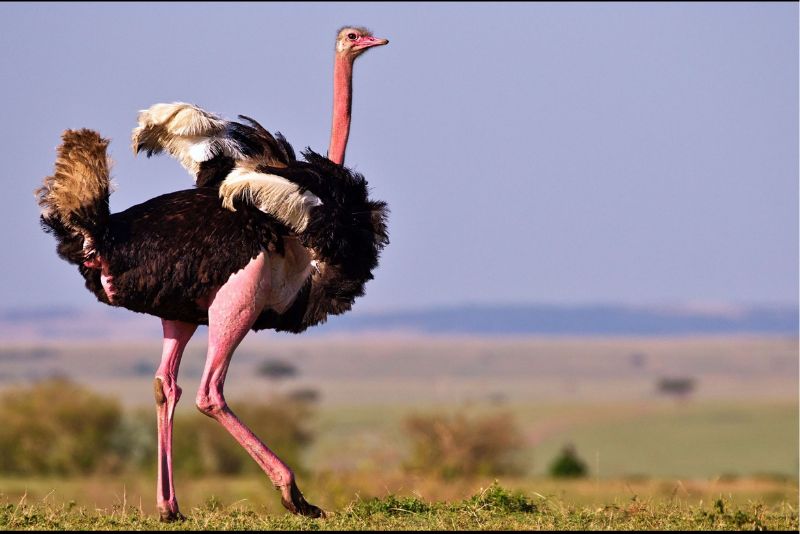
The common ostrich is the largest bird species in the world. Adult ostriches weigh between 63.5 and 145 kilograms, making them the heaviest land animals that lay eggs. While they are too large to achieve flight, they can sprint at impressive speeds of up to 70 km/h (43.5 mph) for short distances.
Ostrich courtship involves intricate rituals and specific timing. Males use their prominent black-and-white feathers to catch the attention of females. They engage in a bowing motion, lowering themselves to the ground, and alternately raising and shaking their wings. The male then stands, approaches the female, stamps his feet, and spreads his wings in an effort to win her favor. If the female is receptive, mating will ensue.
Largest fish in the world: Whale Shark
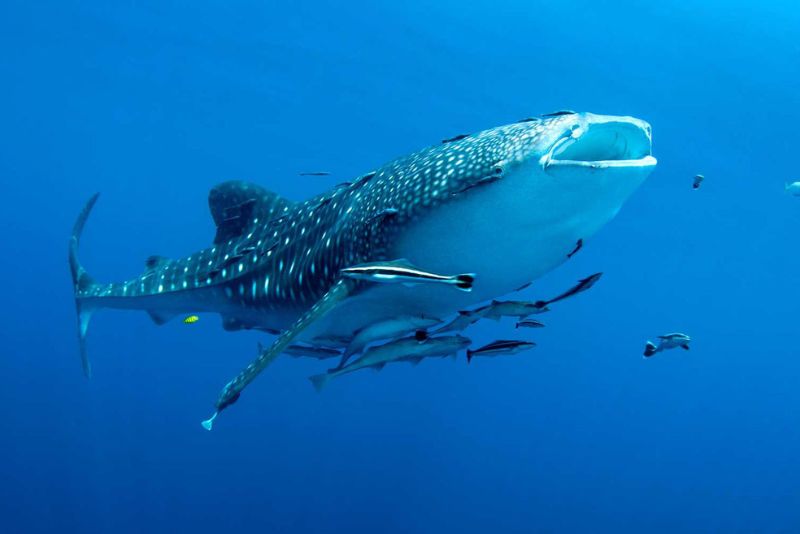
Whale sharks are the largest fish in the ocean, and their appearance is truly distinctive. They have a broad, flat head with a wide mouth that can measure up to five feet across. Their bodies are covered in a unique pattern of pale yellow spots and stripes on a dark gray or blue background, which is unique to each individual, much like a human fingerprint. These patterns help researchers identify and study individual whale sharks.
In terms of weight, whale sharks are incredibly massive. They can weigh as much as 20.6 tons (41,000 pounds), making them the heaviest fish species. Despite their enormous size, whale sharks are filter feeders, primarily consuming plankton, small fish, and occasionally larger prey that they scoop up while swimming with their mouths open.
Whale sharks can reach impressive lengths, with the largest individuals growing up to 40 feet or more. However, most whale sharks observed are between 18 and 32 feet long. Their enormous size does not hinder their graceful swimming; they move slowly and deliberately through the water, often traveling great distances.
Whale sharks inhabit warm tropical and subtropical oceans around the world. They are commonly found in areas such as the Indian Ocean, the Pacific Ocean, and the Atlantic Ocean. They often migrate to coastal regions where plankton blooms are abundant, making places like the Ningaloo Reef in Australia, the Yucatán Peninsula in Mexico, and the Philippines popular spots for whale shark sightings.
Largest spider in the world: Giant huntsman spider
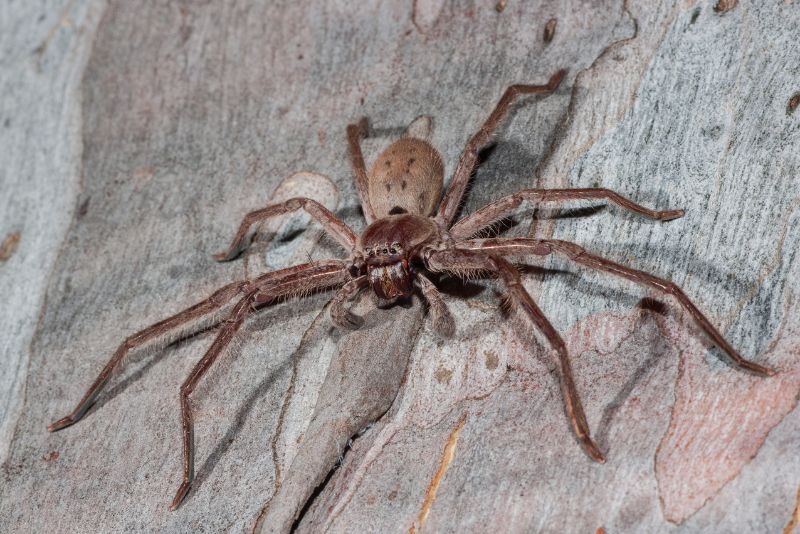
Giant huntsman spiders are one of the largest animals in the world. They have long, crab-like legs that can span up to 12 inches, giving them an intimidating look. Their bodies are typically flat and elongated, with a coloration that ranges from brown to gray, often with banded legs and body markings that provide excellent camouflage in their natural environments.
These spiders are primarily found in warm climates, inhabiting a variety of habitats. They prefer environments with plenty of cover, such as forests, woodlands, and gardens. Huntsman spiders are also commonly found in human dwellings, where they seek shelter behind furniture, in sheds, or under loose bark.
Geographically, huntsman spiders are distributed across the world, predominantly in tropical and subtropical regions. They are commonly found in Australia, Africa, Asia, and parts of the Americas. Their adaptability allows them to thrive in both natural and urban settings, making them a frequent sight in many regions.
Huntsman spiders are nocturnal hunters, preying on a variety of insects and small invertebrates. They do not build webs to catch their prey; instead, they rely on their speed and agility to ambush and capture their meals. Their diet includes cockroaches, crickets, and other pests, making them beneficial for controlling insect populations.
Conclusion
In summary, the top 5 largest animals in the world exemplify nature’s grandeur and diversity. From the colossal blue whale to the majestic African elephant, these giants inspire awe and underscore the need for conservation. Protecting these remarkable species is essential for maintaining the balance and beauty of our natural world.








![Top 5 Most Powerful Mysterious Creatures Of All Time[Updated 2024]](https://newsdailybeats.com/wp-content/uploads/2024/06/mystery-creatures-1.jpg)